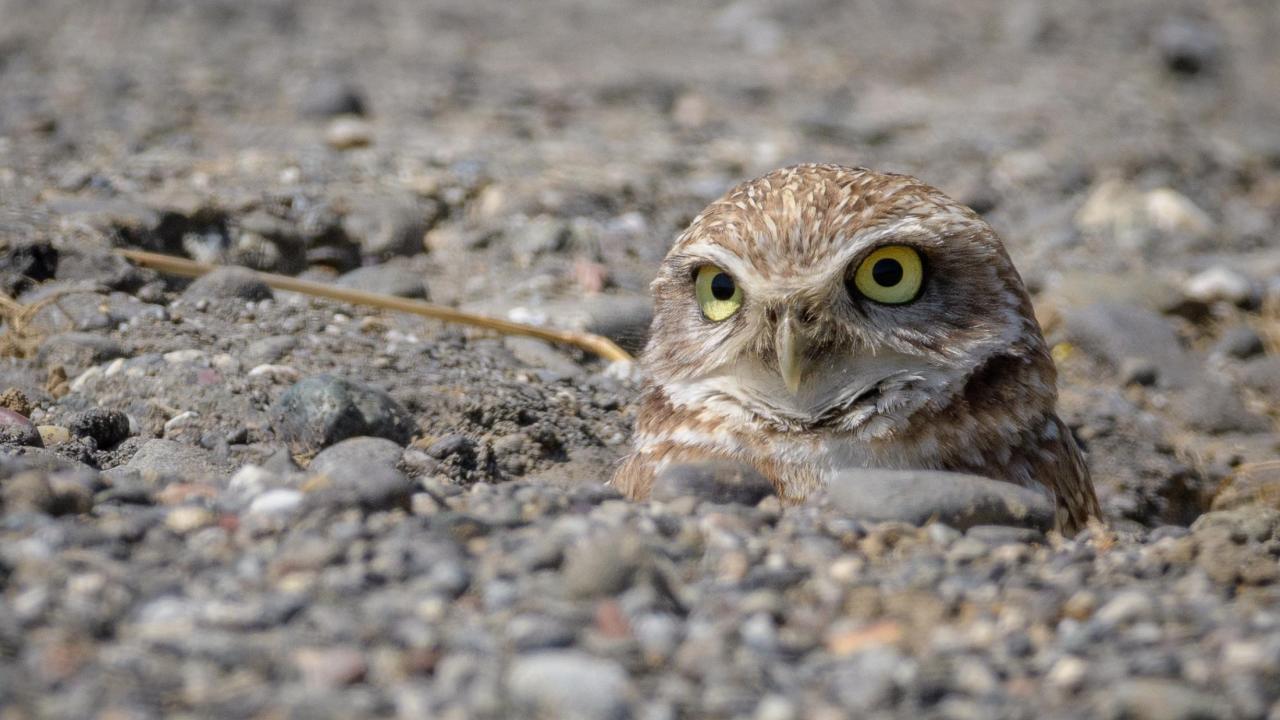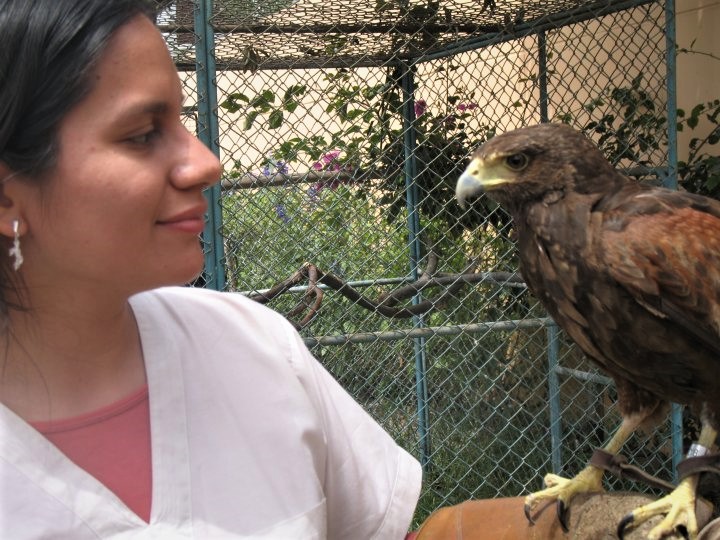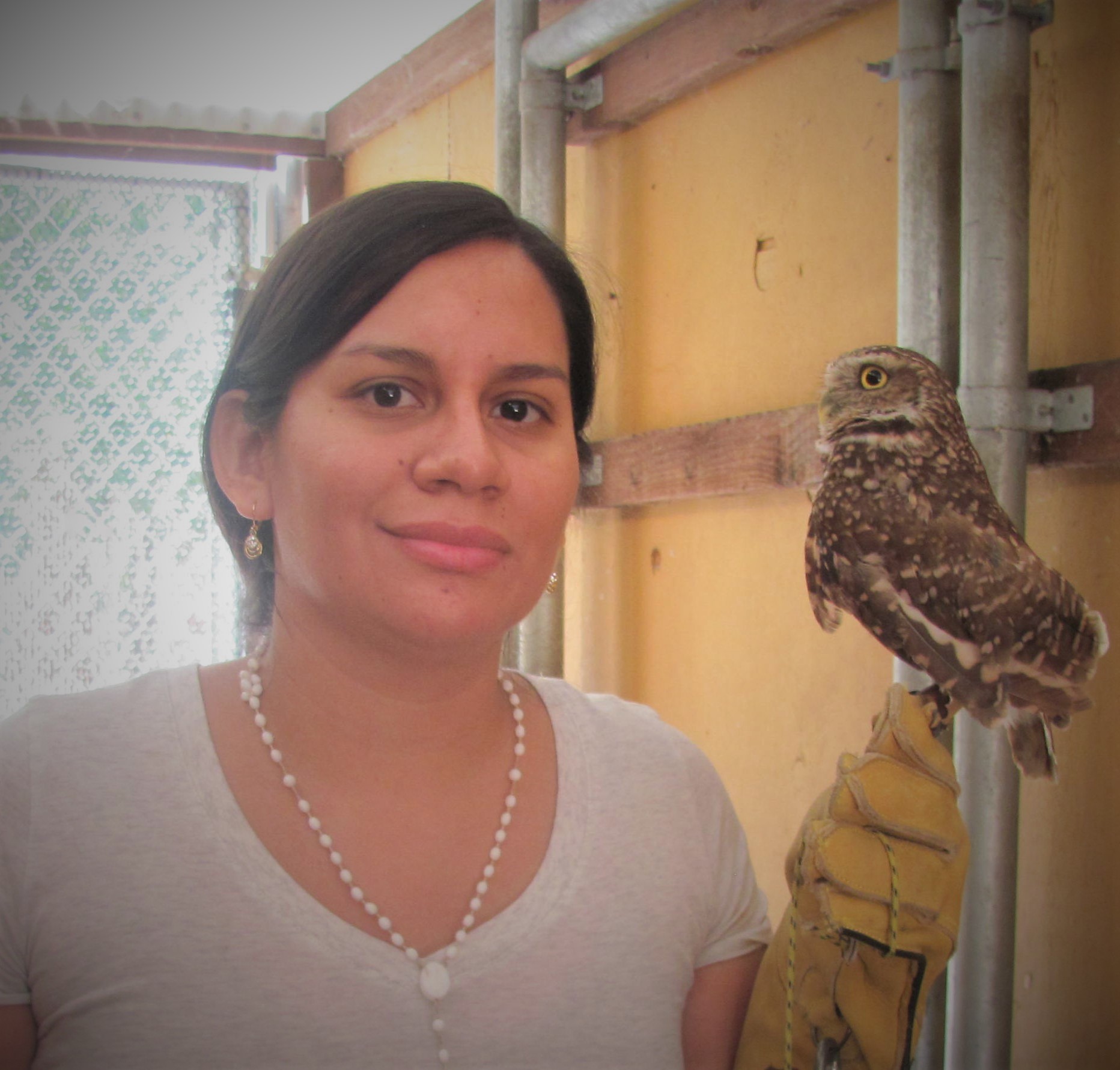
Studying Atherosclerosis in Raptors
Dr. Lujan-Vega studied veterinary medicine at the oldest university in America (founded in 1551), Universidad Nacional Mayor de San Marcos in Lima, Peru. She obtained her veterinary degree in 2012 there and then completed her master’s degree in Avian Sciences at UC Davis in 2015 with Dr. Michelle Hawkins and is now completing a PhD in Pharmacology and Toxicology and is now studying the effects of microplastics and associated contaminants in the health of marine birds in Peru. She has also been involved in avian clinical practice, avian research and teaching at the higher education level when home in Peru.

Dr. Lujan-Vega’s master’s thesis evaluated the prevalence of Chlamydial organisms in free-ranging raptors in California. The study found that supposedly healthy, free-ranging Buteo species of raptors have a low prevalence of these bacteria (1.37%; 4/291) but this Chlamydia was not any of the ones that were currently known. Further studies to identify this pathogen are big performed through Dr. Hawkins’ lab.
Last year, Dr. Lujan-Vega had the honor to receive the Catherine Portman Burrowing Owl Research Award for her research regarding atherosclerosis in raptors, including in captive-held burrowing owls. This award, opened to all UC Davis students, is based on the academic achievement of the applicant and the potential impact of the research in relation to burrowing owls.

Atherosclerosis is a progressive and degenerative disease of the arteries that has been reported from humans and from many avian species. However, a detailed study of this disease has not been performed for captive birds of prey. The aim of this project was to characterize central and peripheral atherosclerotic plaques in the blood vessels of captive raptors and evaluate for specific risk factors. Results show that captive raptors are more prone to both central and peripheral atherosclerotic disease of the heart than parrots, another high-risk group of birds. Arterial plaques occurred in virtually every artery in the body of these birds. Risk factors identified in this study include a higher prevalence in birds from the Falconidae family, and female birds had a higher risk than males of developing this disease over time. These results should help in developing preventive measures in in captively-held raptors.

